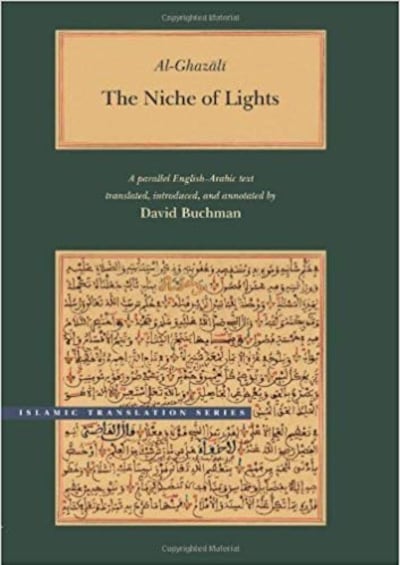“God is light,” says 1 John 1:5, “and in him is no darkness at all.” “Every good gift and every perfect gift is from above,” declares James 1:17, “and cometh down from the Father of lights, with whom is no variableness, neither shadow of turning.”
The concept of a close link between light and God, or even of some kind of identity between light and the divine, runs through many religious traditions.
Among the documents discovered among the ancient Jewish Dead Sea Scrolls, for example, is the so-called “War Scroll,” a manual of military strategy and organization that is also known as “The War of the Sons of Light Against the Sons of Darkness.” And, in the ancient Iranian tradition of Zoroastrianism, one of the central properties of the benevolent Ahura Mazda — God — is uncreated, glorious, primordial light (xvarnah). It fills the heavens, which are the abode of light, and it was the energy from which every material thing in existence has been formed.
“In him was life,” the prologue to the Gospel of John declares regarding Jesus, “and the life was the light of men. And the light shineth in darkness; and the darkness comprehended it not” (1:4-5). “I am the true light that lighteth every man that cometh into the world,” declares the Savior in The Church of Jesus Christ of Latter-day Saints’ canonical text known as the Doctrine and Covenants (93:2). “And if your eye be single to my glory, your whole bodies shall be filled with light, and there shall be no darkness in you; and that body which is filled with light comprehendeth all things” (Doctrine and Covenants 88:67).
Or, as the “Light Verse,” one of the most beloved passages in the sacred scripture of Islam, expresses it:
“God is the light of the heavens and the earth. The likeness of his light is as a niche in which there is a lamp. The lamp is within a glass. The glass is as if it were a brilliant star, kindled from a blessed olive tree of neither the east nor the west. Its oil would almost glow even if fire had never touched it. Light upon light. God guides to his light whomever he wills, and he creates symbols for the people. And God knows all things” (Quran 24:35, my translation).
The Muslim prophet Muhammad is reported to have said that “God has seventy veils of light and darkness; were He to lift them, the august glories of His face would burn up everyone whose eyesight perceived him.”

But what does it mean to say that “God is light”? That is the question that Abu Hamid Muhammad al-Ghazali (d. A.D. 1111), one of the greatest thinkers and writers in the Islamic tradition, set out to answer in his treatise called “The Niche of Lights,” an extended reflection on the Quranic passage (24:35) cited above. “The Niche of Lights” was published in a dual-language edition by Brigham Young University’s one-time Islamic Translation Series.
In the end, al-Ghazali argues that calling God “light” is no mere metaphor, but that, rather, our earthly light is a dim foretaste of God, who deserves the word “light” more than any fire or light bulb or star or sun that our mortal eyes can see: “It will be unveiled to you,” he writes, “that God is the highest and farthest light, and ... that He is the real, true light — He alone, without any partner in that.”
His argument is a clever one, and one that religious believers beyond the world of Islam might well appreciate. I cannot summarize it here, but I can offer a hint: Light, al-Ghazali contends, is both something we can see but also something that allows us to see other things. But light’s capacity to illuminate other things is limited, and sight can be hindered by obstacles and other interferences. Reason, however, can consider things — can “see” things — that are beyond the power of our vision because they are too small, or too far away, or blocked from our sight by any number of other factors. Accordingly, reason deserves to be called “light” even more than the familiar optical phenomenon does. And, so, onward and upward to God.
For the full argument and its details, see “The Niche of Lights” by Al-Ghazali and translated by David Buchman, published by Brigham Young University Press in 1998.
For related thoughts from a Latter-day Saint perspective, see Daniel C. Peterson, “Light Began Once More to Grow,” forthcoming in “Interpreter: A Journal of Latter-day Saint Faith and Scholarship.”
Daniel Peterson teaches Arabic studies, founded BYU’s Middle Eastern Texts Initiative, directs MormonScholarsTestify.org, chairs mormoninterpreter.com, blogs daily at patheos.com/blogs/danpeterson, and speaks only for himself.

